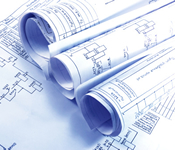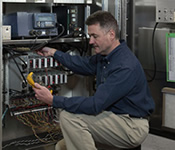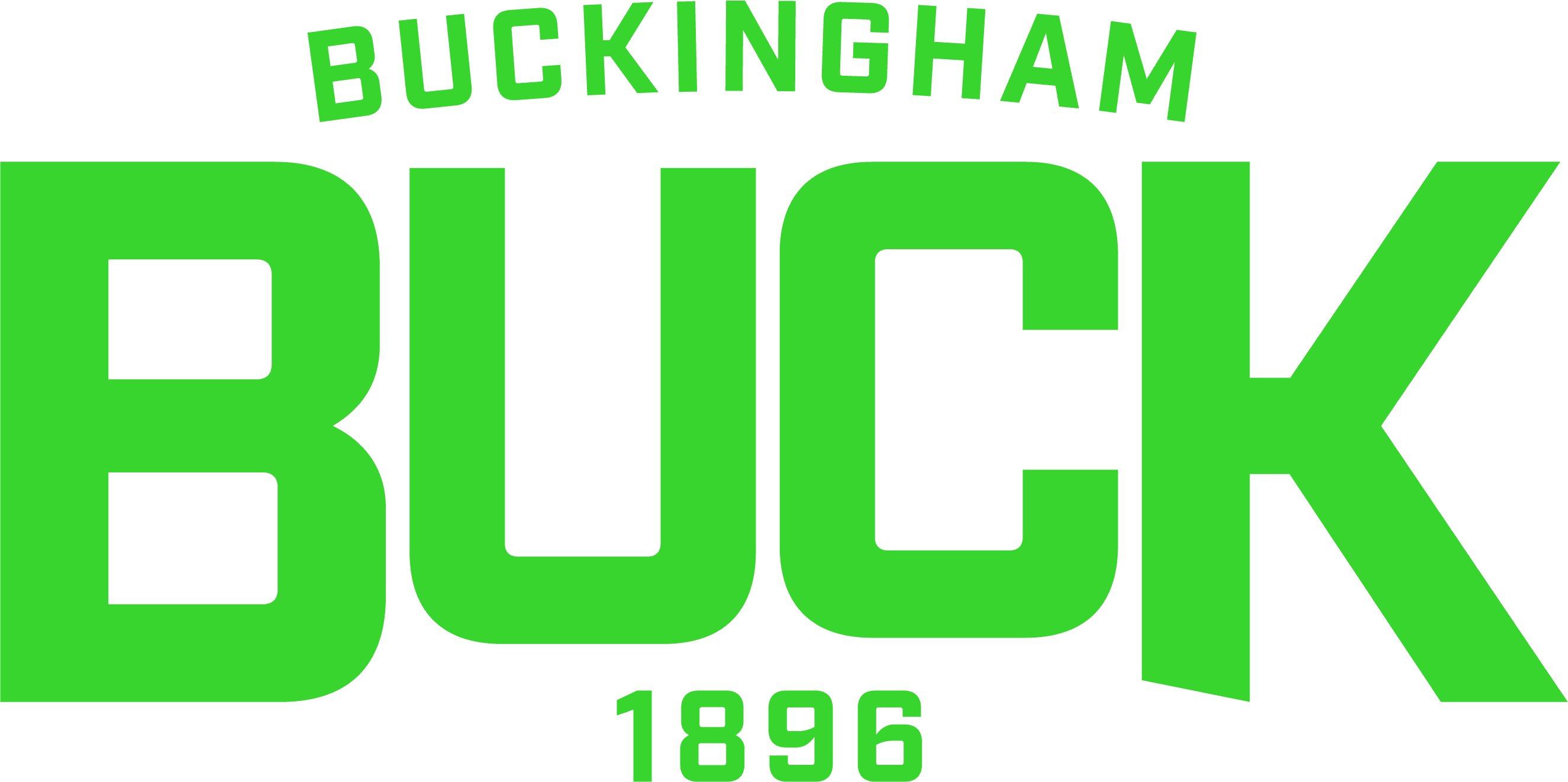Member Access
for Apprentice/Students, Instructors, Subcommittee and Board Members
What's a Traffic Signal Technician?
Traffic signals just don't appear out of nowhere. Someone has to build and maintain them. That someone is a traffic signal technician, a member of the electrical construction industry who possesses the skills and knowledge to do everything from erecting structures to developing special circuits and/or sequencers to enhance signal operations, installing control devices to working with computerized communication cables. Your work may also include installing street and highway lighting including lights under and over bridges, lights on the sign structures and the high mast towers around many intersections.
Your job as a traffic signal technician is vitally important because the safety of drivers and pedestrians is dependent on the work you do. As a result you will be well-compensated for your training and the ongoing work you will do as a traffic signal technician.
In order to acquire the necessary skills of the trade, the traffic signal technical apprentice shall be provided with employment in the following categories:












